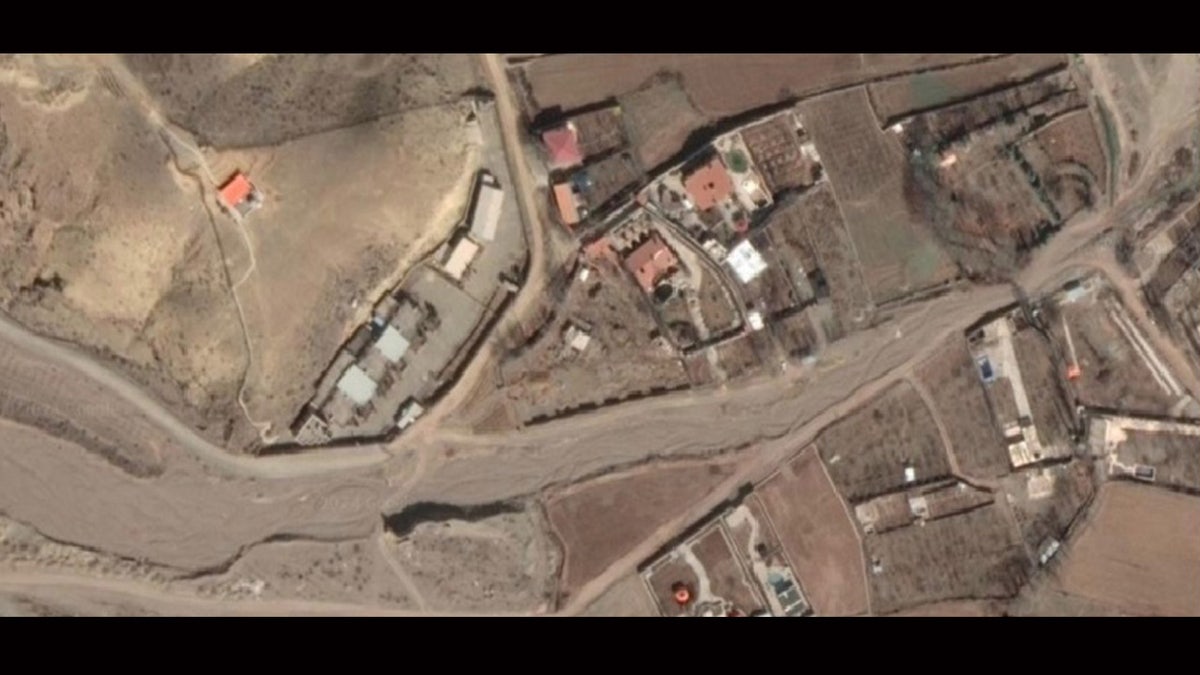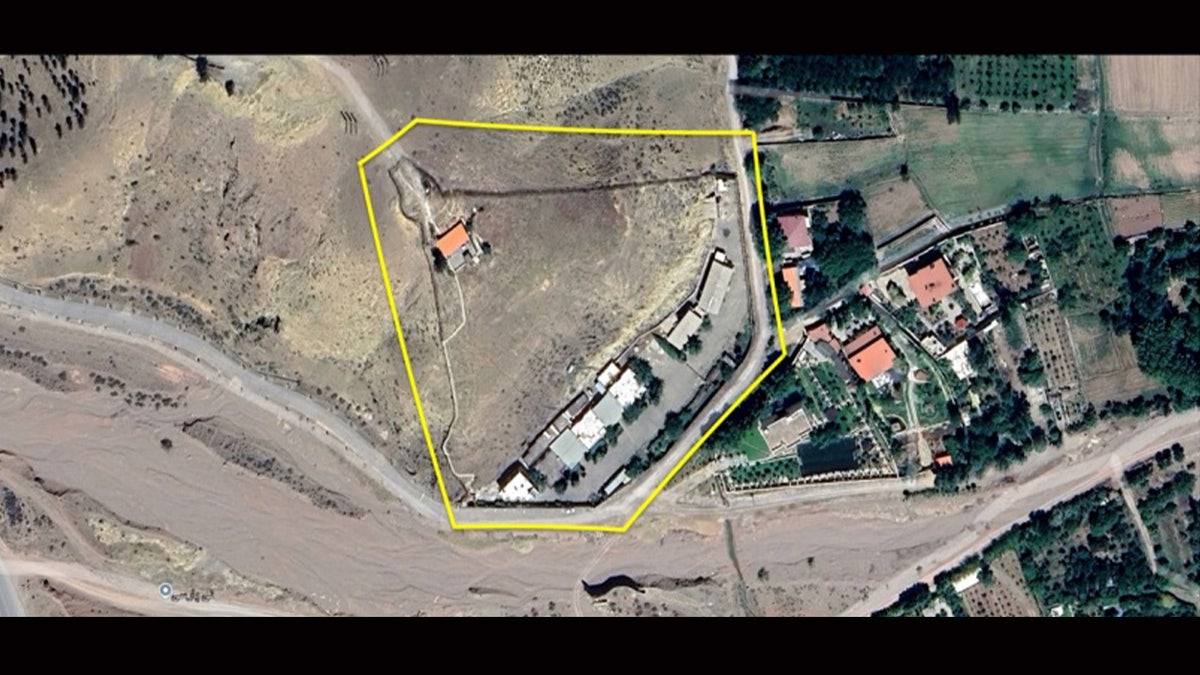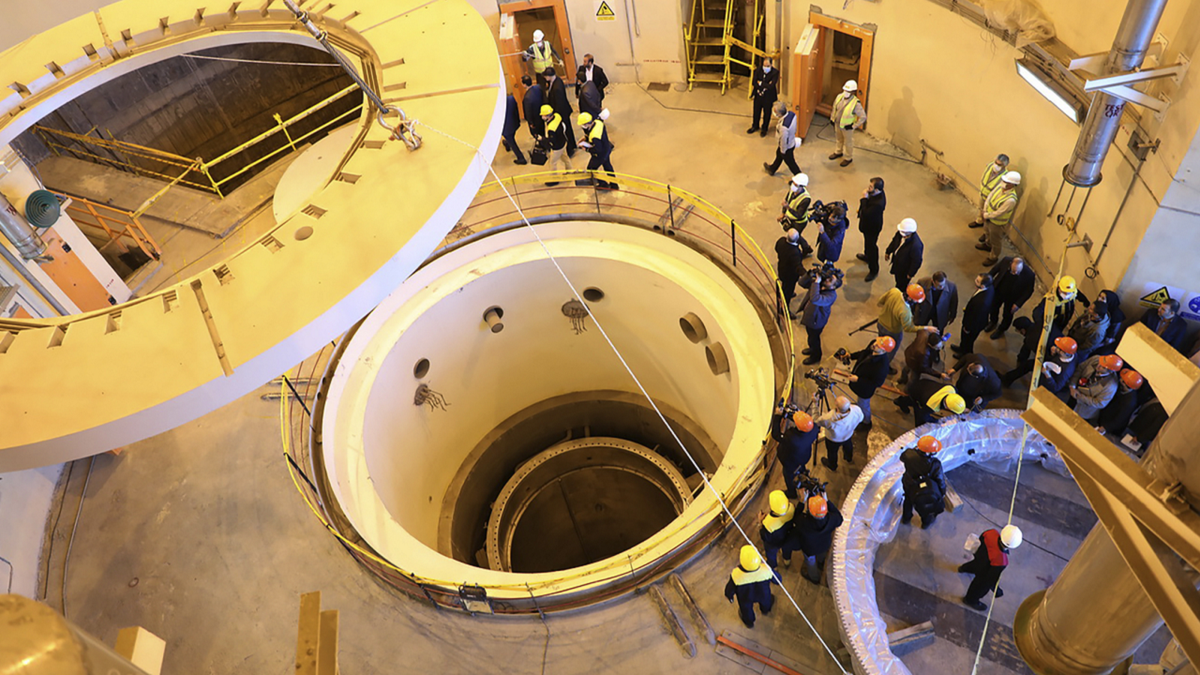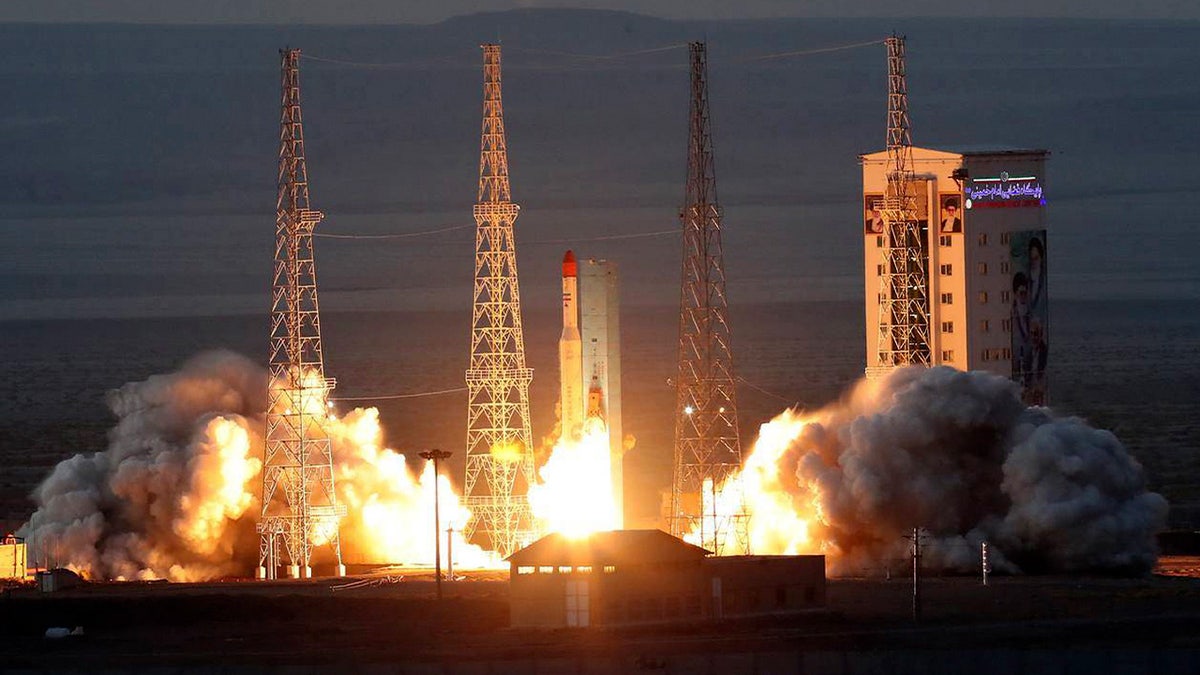Concerns are escalating over Iran's clandestine efforts to develop nuclear weapon detonation capabilities. A recent report from the National Council of Resistance of Iran (NCRI), an opposition group, suggests a resurgence of activity at key sites linked to the program. The NCRI points to METFAZ, the Center for Research and Expansion of Technologies on Explosions and Impact, as the organization at the forefront of these efforts.

The NCRI's deputy director, Alireza Jafarzadeh, revealed to Fox News Digital that METFAZ has intensified its activities, particularly focusing on nuclear detonation technology. He emphasized the importance of monitoring METFAZ as a barometer of Iran's overall nuclear weapons program. The Sanjarian site, east of Tehran, has drawn particular attention. Once a crucial part of Iran's nuclear weaponization efforts, it was believed to be dormant for years. However, recent reports indicate renewed activity, possibly masked by a purported filming operation. Satellite imagery analysis reveals efforts to obscure activities at the site, including the planting of trees and the installation of a security gate.

Sources within Iran report frequent visits by top nuclear scientists to Sanjarian since April 2024, operating under the cover of Arvin Kimia Abzaar, a company ostensibly linked to the oil and gas industry. The NCRI alleges that Saeed Borji, a long-time member of the Islamic Revolutionary Guard Corps and head of METFAZ, is an executive at Arvin Kimia Abzaar. METFAZ operates under the umbrella of Iran's Organization of Defensive Innovation and Research, the entity believed to be driving Iran's nuclear development. The Sanjarian site is suspected to be involved in renewed research on exploding bridgewire (EBW) detonators, a technology with both military and civilian applications.

A 2015 IAEA report noted Iran's attempts to conceal its detonator program by linking it to the aerospace and oil and gas industries. The IAEA concluded that while EBW detonators have civilian uses, Iran's versions possess characteristics relevant to nuclear weapons. Jafarzadeh criticized Iran's lack of transparency and deceptive tactics in dealing with the IAEA. He highlighted the regime's use of front companies and obfuscation to hinder scrutiny of its nuclear program. The NCRI asserts that neither Sanjarian nor Parchin's Plan 6, another key site, have been inspected by the IAEA. The NCRI's findings raise serious concerns about the advancement of Iran's nuclear weapons program and the challenges in verifying its activities.

The NCRI also reports expansion of the Plan 6 complex at Parchin, a site targeted by Israeli airstrikes in October 2024. Jafarzadeh stressed the difficulty in tracking Iran's nuclear program due to its complex network of front companies and deceptive practices. He called for greater scrutiny of Iran's weaponization efforts, which he believes have largely escaped international attention.

Comments(0)
Top Comments